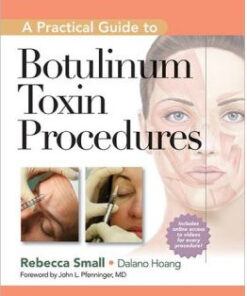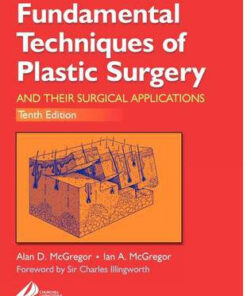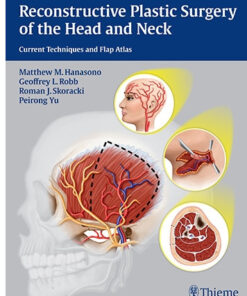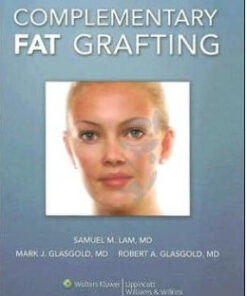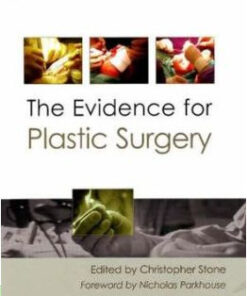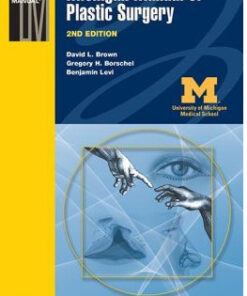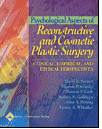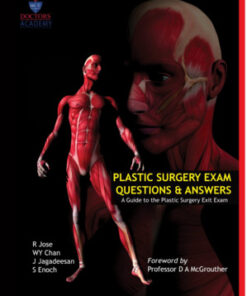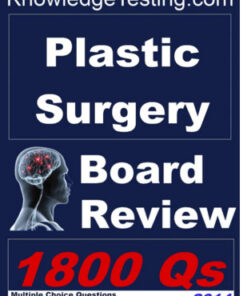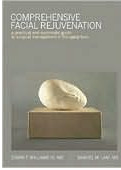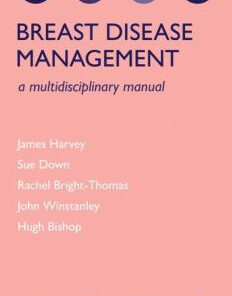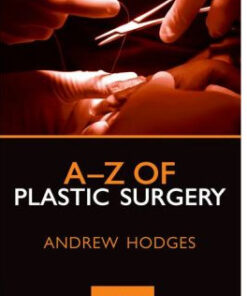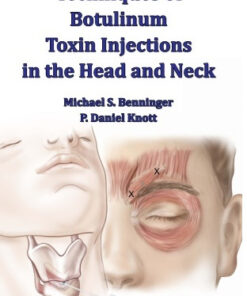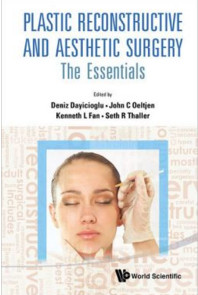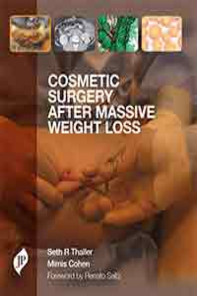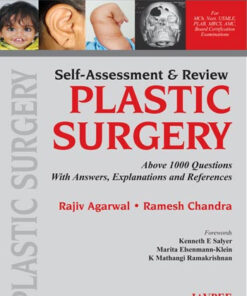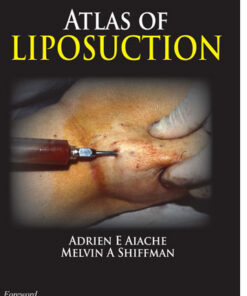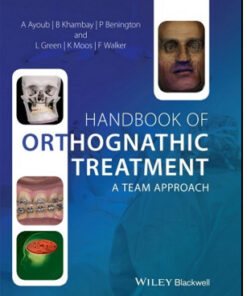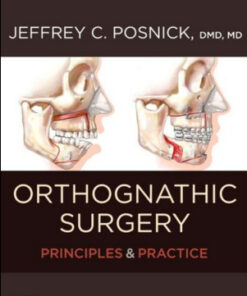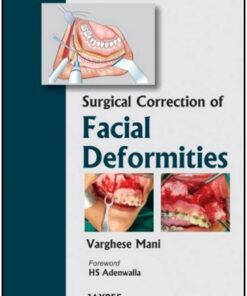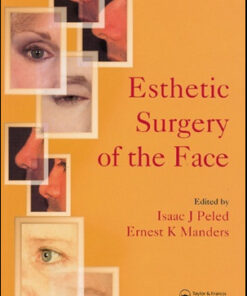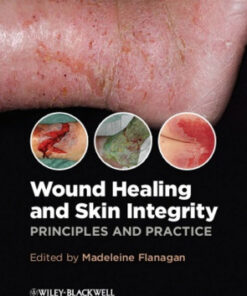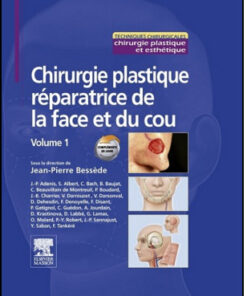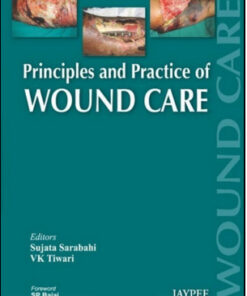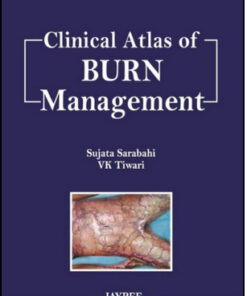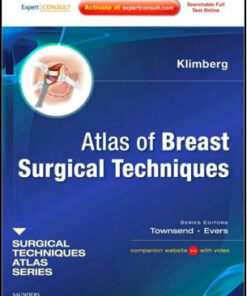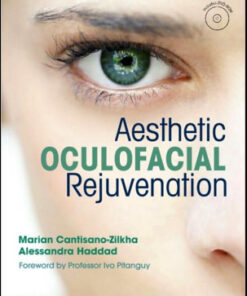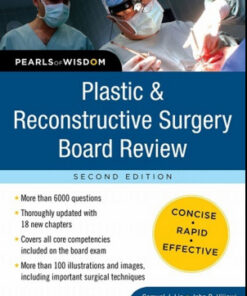PLASTIC & RECONSTRUCTIVE SURGERY
PLASTIC & RECONSTRUCTIVE SURGERY
Fundamental Techniques of Plastic Surgery : and Their Surgical Applications, 10th Edition
PLASTIC & RECONSTRUCTIVE SURGERY
Reconstructive Plastic Surgery of the Head and Neck : Current Techniques and Flap Atlas PDF
PLASTIC & RECONSTRUCTIVE SURGERY
PLASTIC & RECONSTRUCTIVE SURGERY
PLASTIC & RECONSTRUCTIVE SURGERY
PLASTIC & RECONSTRUCTIVE SURGERY
Principles and Techniques in Oncoplastic Breast Cancer Surgery
PLASTIC & RECONSTRUCTIVE SURGERY
PLASTIC & RECONSTRUCTIVE SURGERY
PLASTIC & RECONSTRUCTIVE SURGERY
Plastic Surgery Exam Questions and Answers: A Guide to the Plastic Surgery exit exam
PLASTIC & RECONSTRUCTIVE SURGERY
PLASTIC & RECONSTRUCTIVE SURGERY
PLASTIC & RECONSTRUCTIVE SURGERY
PLASTIC & RECONSTRUCTIVE SURGERY
PLASTIC & RECONSTRUCTIVE SURGERY
Techniques of Botulinum Toxin Injections in the Head and Neck
PLASTIC & RECONSTRUCTIVE SURGERY
Plastic Reconstructive and Aesthetic Surgery: The Essentials
PLASTIC & RECONSTRUCTIVE SURGERY
PLASTIC & RECONSTRUCTIVE SURGERY
PLASTIC & RECONSTRUCTIVE SURGERY
PLASTIC & RECONSTRUCTIVE SURGERY
PLASTIC & RECONSTRUCTIVE SURGERY
Orthognathic Surgery: Principles and Practice – 2 Volume Set
PLASTIC & RECONSTRUCTIVE SURGERY
PLASTIC & RECONSTRUCTIVE SURGERY
PLASTIC & RECONSTRUCTIVE SURGERY
PLASTIC & RECONSTRUCTIVE SURGERY
Chirurgie plastique réparatrice de la face et du cou Volume 1
PLASTIC & RECONSTRUCTIVE SURGERY
PLASTIC & RECONSTRUCTIVE SURGERY
PLASTIC & RECONSTRUCTIVE SURGERY
Atlas of Breast Surgical Techniques: A Volume in the Surgical Techniques Atlas Series
PLASTIC & RECONSTRUCTIVE SURGERY
PLASTIC & RECONSTRUCTIVE SURGERY
Plastic and Reconstructive Surgery Board Review: Pearls of Wisdom, 2nd Edition
Plastic surgery aims to improve a patient's appearance, whereas reconstructive surgery is used to restore function and appearance after an injury or disease. Both types of surgery require a high degree of precision and skill, as well as extensive knowledge of anatomy, wound healing, and surgical techniques.
Some common plastic and reconstructive surgeries include:
- Breast reconstruction: surgical reconstruction of the breast after a mastectomy
- Rhinoplasty: surgical alteration of the nose
- Facelift: surgical rejuvenation of the face
- Liposuction: surgical removal of excess fat
- Scar revision: surgical correction of scars
Before undergoing plastic or reconstructive surgery, patients will typically undergo a comprehensive evaluation to determine the best course of treatment. This may include imaging tests, such as X-rays or MRIs, as well as a physical examination and medical history review.
The benefits of plastic and reconstructive surgery can be significant, including improved self-esteem, increased confidence, and improved physical function. Recovery times can vary depending on the specific procedure performed, the patient's age and overall health, and other factors. In general, patients will need to follow specific post-operative instructions to ensure proper healing and prevent complications.
Some common post-operative instructions may include:
- Rest and limited physical activity
- Medication management, including pain management and antibiotics
- Wound care and dressings
- Follow-up appointments with the surgeon
In conclusion, plastic and reconstructive surgery is an important field of medicine that provides effective treatment options for a wide range of conditions affecting appearance and function. By consulting with a qualified plastic and reconstructive surgeon, patients can access effective treatment options and improve their overall health and well-being. Recovery times and outcomes can vary, but with proper care and follow-up, patients can often experience significant improvements in their quality of life.
Top 10 Best Books PLASTIC & RECONSTRUCTIVE SURGERY
- Grabb and Smith's Plastic Surgery, 8th Edition by Charles H. Thorne and Jeffrey E. Janis
- Plastic Surgery: Volume 2: Aesthetic Surgery by J. Peter Rubin and Peter C. Neligan
- Aesthetic Plastic Surgery by Sherrell J. Aston and Douglas S. Steinbrech
- Plastic Surgery Secrets Plus, 2nd Edition by Jeffrey Weinzweig
- Plastic and Reconstructive Surgery: Approaches and Techniques by Ross Farhadieh and Neil Bulstrode
- Essential Aesthetic Head and Neck Surgery by Babak Azizzadeh and William Truswell
- Aesthetic Plastic Surgery in Asians: Principles and Techniques by Lee Pu and Samuel M. Lam
- Plastic Surgery Emergencies: Principles and Techniques by Jamal M. Bullocks and Geoffrey C. Gurtner
- Perforator Flaps: Anatomy, Technique, & Clinical Applications by Wei-Liang Chen and Fu-Chan Wei
- Manual of Aesthetic Surgery 2 by Werner L. Mang and Woffles Wu

